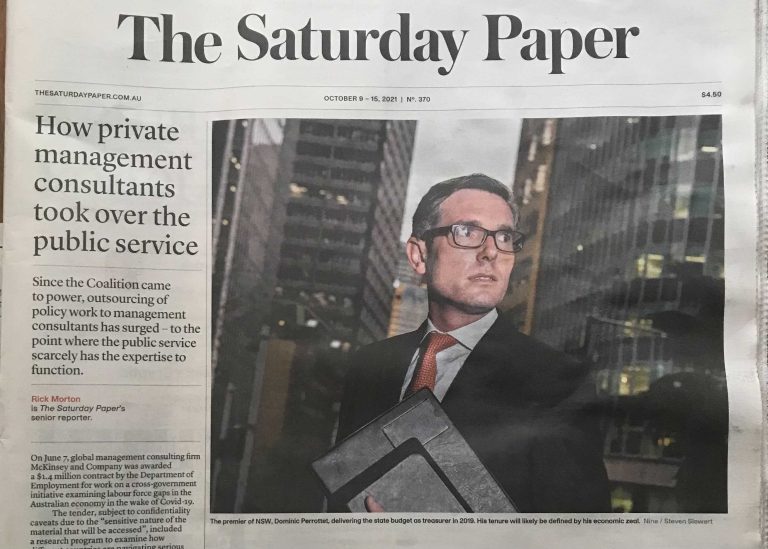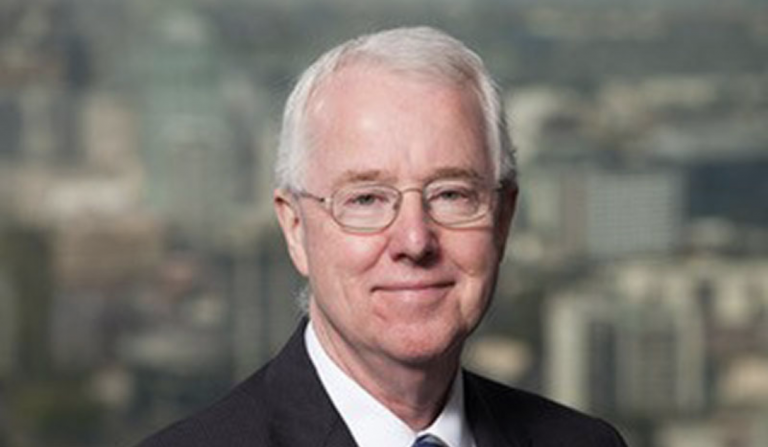Playing to the Crowd: Politics and Fear
While most people around Australia were shocked and horrified by Cronulla’s ‘race riots’ last year, and regarded such events as un-Australian, for others it was an inevitable outcome of the clash of cultures. Along with September 11 and the war in Iraq, the violence in Cronulla was seen by many as representative of the now well-worn theory of Samuel Huntington’s ‘clash of civilisation’.
Huntington argued that the primary fault lines in the new world order would be produced by a clash of ‘Western and non-Western’ cultures.
While the events at Cronulla may have been expected by some, it was not an inevitable clash of cultures; rather it was an effect of the politics of fear which has been so prominent over the past decade in Australia and more widely.
Fear has become a central feature of both media reporting and contemporary politics in Australia. However, the present-day politics of fear in Australia is not a recent phenomenon; it draws on a long history of racism and fear.
After ten years of the Howard Government in Australia, there has been significant debate on both economic and social policy, and while many conclude that John Howard is a most accomplished politician there remains an ideological crisis in Australian politics.
With an end to the traditional left and right politics, and the traditional markers between the two major parties, there has been an increased focus on election strategies, and associated media advisors, in contrast to ideological vision and policy.
 Thanks to Fiona Katauskas. |
It could be argued that this is part of globalisation and post-modern politics as national governments have a decreasing sphere of influence over domestic economic conditions and are limited to issues such as immigration and security to define their political identity, albeit with the growing influence of more socially-inclined minor parties such as Family First.
This shift in the political axis comes at the same time as the ‘war on terror’ waged by western nations like Australia, which together have reproduced what is seen as a ‘clash of civilisations’. This has drawn attention to new post-cold war global fault lines. Similarly, media coverage in Australia of terrorism has often drawn links between Islam and violence, contributing to an increased level of anti-Muslim sentiment since September 11.
Since the beginning of the ‘war on terror’ there has also been a renewed media focus on the relationship between ‘white’ Australia and people of ‘middle eastern appearance’, and connections have been made between asylum seekers and terrorism in debates on both immigration and border security. All of this has fuelled anti-Muslim sentiment.
These debates on issues such as border protection and security in Australia have occurred while the world appears to be divided between the ‘West’ and ‘Islam’. While neither the West nor Islam are homogenous entities, media reporting on issues of terrorism or the war in Iraq continues to represent a binary divide between the West and Islam — what is seen as a clash of cultures.
The ‘war on terror’ is often identified as being associated with Islamic fundamentalism and media reporting commonly conflates the notions of terrorism and fundamentalism as a war on Islam. Not surprisingly, for a Muslim minority in a western nation such as Australia, people of middle-eastern appearance have experienced an intensification of anti-Muslim sentiment since September 11 and the subsequent ‘war on terror’.
Central to such contemporary representations is the concept of white Australia which has been an enduring feature of Australian identity and nationalism since federation.
Whiteness remains a key concept for Australia as a nation, located in binary opposition to what is named as the ‘Other’ — that is, people of middle-eastern appearance and Asian Australians. Similarly, fundamental to the conflict in Cronulla was the notion of claiming back for ‘ordinary’ Australians the symbolic spaces — the beaches.
Following significant division in the community over the treatment of asylum seekers, and the ‘stolen generation’, during the 2004 federal election John Howard reaffirmed his concern for the things that ‘unite us’.
While the events at Cronulla highlights that there continues to be significant debate over who this includes, even after 10 years the Howard-led Coalition Government has maintained an emphasis on the fears of ordinary Australians; in particular, the fears associated with what is seen as the ongoing threat of terrorism.
However, the question remains, why ‘ordinary’ Australians — including many young Australians who have not known anything other than a Howard Government — hold such fears and feel that they need to fight for ‘their’ beaches.
What can be concluded from the Cronulla crisis is that it is easy to play to the crowd both in talkback radio and through ‘dog whistle’ politics, contributing to the myth of a clash of cultures.
What can we do to address issues such as racism to bring about a more inclusive society?
Challenging racism and contributing to a more inclusive society is central to the democratic process. Calling governments to account may sound mundane but it is a central pillar of western democracy.
This was reflected in the recent election in South Australia through the level of support for independent candidates. For example, over 20 percent or approximately 200 000 voters across the state supported Nick Xenophon, an independent candidate in the upper-house, who campaigned not to win government but to keep the Government ideologically accountable to principles as opposed to parties.
There are also more specific measures that address racism such as media accountability through licensing mechanism that can protect against reporting that may incite ‘racial’ violence.
For example, talk back radio that explicitly propagates ‘racial’ stereotyping must be considered as an aspect of media accountability, along with news reporting on criminal activity that uses descriptors such as people of ‘middle eastern appearance’ or ‘Aboriginal’. Such representations merely contribute to the level of fear associated with some minority groups within the community.
What may appear to be less direct action but is more significant in the long term is education policy through curriculum and practices that seek to go beyond tolerance and embraces linguistic and cultural difference — challenging commonly views of what is Australian and un-Australian.
However, what is central to addressing the recent violence experienced at Cronulla is the importance of naming this as racism and for western nation states such as Australia to address the level of tolerance of inequality.
Being Australian should be synonymous with being hopeful. Young people in particular need to hold hope for their future and to feel that they are part of the imagined national community rather than being encouraged to be anxious and fearful.
The Centre for Policy Development welcomes your comments or articles on what can be done to combat the use and abuse of fear in politics and policy. Please be specific and include specific recommendations to address this problem. Email them to editor(at)cpd.org.au



